Another kitchen magic scene, loving, friendly, nostalgic. I used Pear ink and finished with Noodler's ink. Funny that they so close in color that it is hard to say it apart. I added bits of color with few Kuretake brushes. Paper Hahnemuhle torchon. I should spend a bit more money on good paper, because ink works better on it and it is not buckling from washes.
It said "Tangerine juice" in Japanese. This cute juicer I bought few years ago on flea market at Coney Island, some vintage piece.
Cook and I chilling on the porch.
Just to sit on the step and unfold my sketching gear, starring at the greens makes life beautiful. Even I hated my sketch and didn't have time for watercolor that day I still have treasured moment in my memory of finishing up cup of coffee, Cookie pressing against my leg, morning, blue mountains and feeling of hope.
Designing Your Wedding Dress
Your wedding day will certainly be one of the happiest moments in your life and you want it to be perfect. Discovering the perfect wedding dress is an important condition. You have seen many models and you have visited nearly every store but you still have difficulties choosing. Something seems to be wrong.
The perfect wedding dress lives in your imagination - you have an idea about each tiny detail that will make it impeccable. Why not create that perfect wedding dress yourself?
Designing and creating your own wedding dress is certainly more difficult than purchasing it but the final result will make you 100 percent happy. You will need to do some planning and you will have to purchase materials. The process, however, will be fun and satisfactory.
Here is what you need to know in case you decide to design your own wedding dress.
Sketch Your Ideas
Give yourself some freedom and sketch the ideas you have. Putting the design on paper will help you clarify details.
Be brave and draw the wedding dress, even if you are uncertain in your drawing skills. It does not have to be a work of art, in order to be useful in the dress production process.
Look for Inspiration
Go to a wedding dress store. Try out several dresses. Apart from being very fun, this shopping spree will help you perfect your own design and it will provide you with great ideas.
Choose models resembling the wedding dress design that you have selected. Pay close attention to the fabric, the pieces that make the dress, the stitching and the additional accessories used. It is impossible to replicate a model that you like but you will have some practical knowledge about wedding dress design.
Examine designs online. Print the ones that you like. Pay close attention to the details. Choose the aspects that appeal to you and utilize those in the creation of your unique wedding dress design.
Find the Right Fabric and Supplies
If you think about making the wedding dress yourself, you will have to purchase a quality sewing machine. It needs to have various options and it has to be easy to use.
Choose a high quality machine. Something inexpensive and lacking functionalities could ruin your dress creation attempts.
The same applies to the selection of fabrics. You are going to make a dress for a very special day. Make sure that this dress is perfect. Even if quality fabrics are more expensive, the extra money spent will be totally worth it.
Focus on Details and Accessories
Pay attention to each tiny detail. This is the only way to achieve perfection. The right neckline, the place where you use lace and the embroidery have to look exactly like your dream dress.
Looking at the tiny aspects of it will help you create that one amazing dress. Going for something that is solely satisfactory will produce a mediocre result. If it fails pleasing you, start all over again.
Ask for Professional Help
You may have difficulties making the dress yourself - the process is somehow complex and you lack the time.
Search for professional help. A professional tailor will give you hints about the design and will help you modify certain aspects of it that appear to be imperfect. Consult a professional tailor and present your ideas. This way, you will be making your design happen in a perfect way.
Misha Anatolia writes about bridal and wedding topics, including bridal shower arts and crafts and other bridal shower ideas. Misha enjoys crafts and hosting parties when not writing.
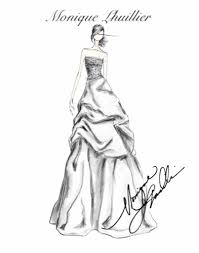








The perfect wedding dress lives in your imagination - you have an idea about each tiny detail that will make it impeccable. Why not create that perfect wedding dress yourself?
Designing and creating your own wedding dress is certainly more difficult than purchasing it but the final result will make you 100 percent happy. You will need to do some planning and you will have to purchase materials. The process, however, will be fun and satisfactory.
Here is what you need to know in case you decide to design your own wedding dress.
Sketch Your Ideas
Give yourself some freedom and sketch the ideas you have. Putting the design on paper will help you clarify details.
Be brave and draw the wedding dress, even if you are uncertain in your drawing skills. It does not have to be a work of art, in order to be useful in the dress production process.
Look for Inspiration
Go to a wedding dress store. Try out several dresses. Apart from being very fun, this shopping spree will help you perfect your own design and it will provide you with great ideas.
Choose models resembling the wedding dress design that you have selected. Pay close attention to the fabric, the pieces that make the dress, the stitching and the additional accessories used. It is impossible to replicate a model that you like but you will have some practical knowledge about wedding dress design.
Examine designs online. Print the ones that you like. Pay close attention to the details. Choose the aspects that appeal to you and utilize those in the creation of your unique wedding dress design.
Find the Right Fabric and Supplies
If you think about making the wedding dress yourself, you will have to purchase a quality sewing machine. It needs to have various options and it has to be easy to use.
Choose a high quality machine. Something inexpensive and lacking functionalities could ruin your dress creation attempts.
The same applies to the selection of fabrics. You are going to make a dress for a very special day. Make sure that this dress is perfect. Even if quality fabrics are more expensive, the extra money spent will be totally worth it.
Focus on Details and Accessories
Pay attention to each tiny detail. This is the only way to achieve perfection. The right neckline, the place where you use lace and the embroidery have to look exactly like your dream dress.
Looking at the tiny aspects of it will help you create that one amazing dress. Going for something that is solely satisfactory will produce a mediocre result. If it fails pleasing you, start all over again.
Ask for Professional Help
You may have difficulties making the dress yourself - the process is somehow complex and you lack the time.
Search for professional help. A professional tailor will give you hints about the design and will help you modify certain aspects of it that appear to be imperfect. Consult a professional tailor and present your ideas. This way, you will be making your design happen in a perfect way.
Misha Anatolia writes about bridal and wedding topics, including bridal shower arts and crafts and other bridal shower ideas. Misha enjoys crafts and hosting parties when not writing.






Cunningham's Encyclopedia of Magical Herbs, by Scott Cunningham
Scott Cunningham is one of the most well known authors in the metaphysical genre. Many of his books are devoted to creating magical spells at home, incense and oils, and aromatherapy. Recently I purchased Cunningham's Encyclopedia of Magical Herbs, a book that can be used in many different areas under the umbrellas of Spiritualism and Religion. Containing over 400 herbs, this book can be used for hundred, even thousands of different combinations for everyday use. From aromatherapy to making incense, herbal sachets, herbal baths and herbal teas, this book is the key to choosing the right ingredients. The book is divided into three sections. The first being an introduction to the magical properties of herbs, and how can use these properties to their highest potential.
The second, and most important section, lists the herbs. Every herb listing contains a black-and-white sketch of the herb, the scientific name, gender of the plant, the planet and element associated, magical powers the plant possesses, and magical uses. With most, but not all herbs, other common names associated with the herb are listed. Each listing is sorted alphabetically making it easy to quickly find a plant. The only drawback that I can find to this book is that not all listings tell which part of the plant to use. However, with many leafy plants, the leaves, stems, flowers and seeds can be used so it is not a major drawback.
The final section to this book contains charts sorting all of the herbs. The lists include both masculine and feminine plants, the Sun, Moon, Mercury, Venus, mars, Jupiter and Saturn, the four Elements, and the magical purposes such as luck, money, love, etc. The final list has the colors white, green, brown, pink, red, yellow, purple, blue and orange, along with the magical purposes associated with each color. This section makes it easy to blend products to fulfill one purpose using many different herb combinations.
Each of the three sections work together to take readers through the process of choosing plants based on the magical purposes, and how to use them to their fullest potential. If readers are looking for a book about herbs, the magical purposes each plant has, and how to use them in products, this is the book. I have seen equally, if not greater priced books with have the amount of information in them. I give Cunningham's Encyclopedia of Magical Herbs 4 out of 5 stars.

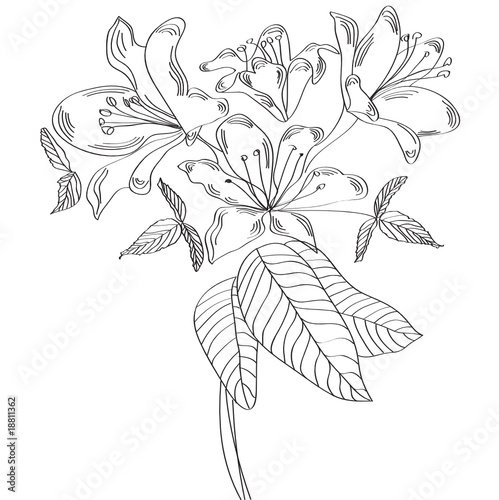
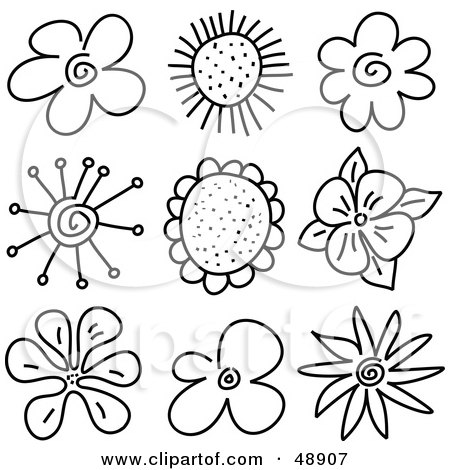

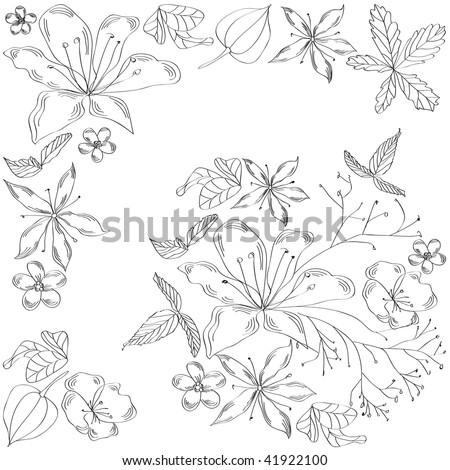
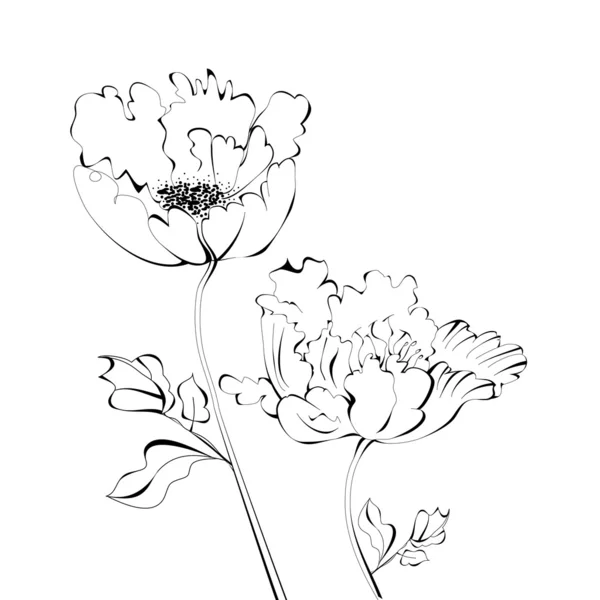
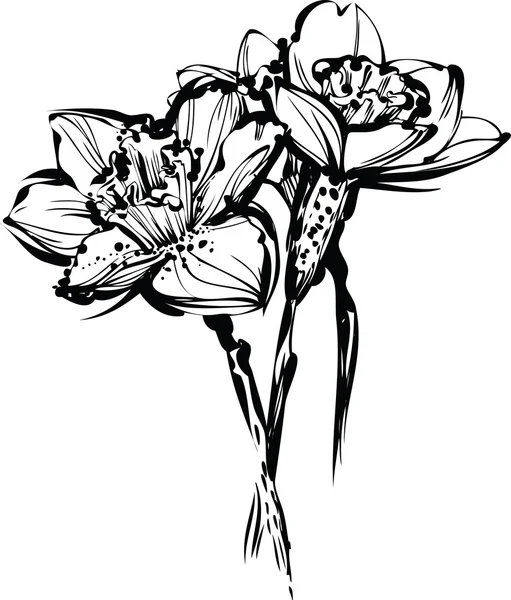
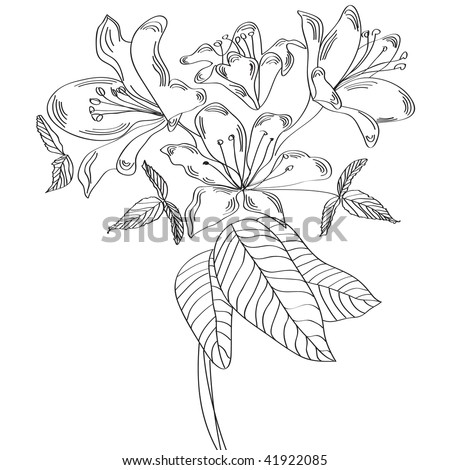

The second, and most important section, lists the herbs. Every herb listing contains a black-and-white sketch of the herb, the scientific name, gender of the plant, the planet and element associated, magical powers the plant possesses, and magical uses. With most, but not all herbs, other common names associated with the herb are listed. Each listing is sorted alphabetically making it easy to quickly find a plant. The only drawback that I can find to this book is that not all listings tell which part of the plant to use. However, with many leafy plants, the leaves, stems, flowers and seeds can be used so it is not a major drawback.
The final section to this book contains charts sorting all of the herbs. The lists include both masculine and feminine plants, the Sun, Moon, Mercury, Venus, mars, Jupiter and Saturn, the four Elements, and the magical purposes such as luck, money, love, etc. The final list has the colors white, green, brown, pink, red, yellow, purple, blue and orange, along with the magical purposes associated with each color. This section makes it easy to blend products to fulfill one purpose using many different herb combinations.
Each of the three sections work together to take readers through the process of choosing plants based on the magical purposes, and how to use them to their fullest potential. If readers are looking for a book about herbs, the magical purposes each plant has, and how to use them in products, this is the book. I have seen equally, if not greater priced books with have the amount of information in them. I give Cunningham's Encyclopedia of Magical Herbs 4 out of 5 stars.








Painting Flowers - How to Paint White Roses
Expert Author Sue Doucette
Flowers seem to naturally lend themselves to watercolor painting. They can be painted in a loose, graceful style or with controlled precision. When painting flowers, choose a style which feels natural to you as you plan your composition.
Roses are such well-loved flowers, and are a popular choice for watercolors. To begin a painting of roses, do a sketch of your vase and flowers. Decide ahead of time how you will handle your background. When painting white flowers it is a good idea to have a dark background which will help your roses to "pop" or to stand out. Show in your pencil value sketch where you brightest whites and darkest darks will be placed. Plan your focal point, placing this area off-center to add more interest. Do the same with your vase. If it is in the middle of your paper it will be less interesting.
Once your value sketch is completed and your subject has been penciled in on your watercolor paper you are ready to paint. If you want to use masking fluid to preserve some of your white paper, this is the time to apply it. Remember to wet your brush, then coat it with soap before dipping it into te masking fluid! If this step is overlooked, you may not be able to remove the masking fluid from your brush and it will be ruined. ( Some of the masking fluids come with an applicator.) Once it has dried, you will paint right over it. When your painting is complete, it can be removed with an eraser or your finger, revealing the preserved area of white paper.
Some of your white roses need not be white! A diluted wash of rose madder genuine on some petals, and aureolin yellow on others will give your painting some depth. Mix these two colors together, and use as a light wash to give more interest to your painting.
Vary your leaves and stems. Have some leaves twist and curl. Show more detail in your foreground and let some fade off into the background. Remember your light source throughout your painting. Give your stems a delicate curve, don't use straight lines. Use a variety of greens, both cool and warm. Practice mixing greens.
Paint highlights on your vase, but don't overdo. This is a case of less is more. One or two well placed highlights is much more effective than many. One additional thought; a fallen petal or two can add a nice touch.
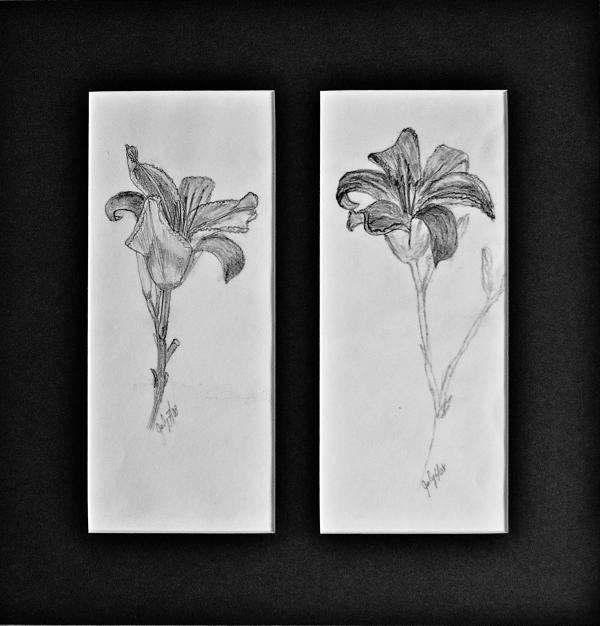







![pencil sketches of flowers pencil sketches of flowers]()








![pencil sketches of flowers pencil sketches of flowers]()
Flowers seem to naturally lend themselves to watercolor painting. They can be painted in a loose, graceful style or with controlled precision. When painting flowers, choose a style which feels natural to you as you plan your composition.
Roses are such well-loved flowers, and are a popular choice for watercolors. To begin a painting of roses, do a sketch of your vase and flowers. Decide ahead of time how you will handle your background. When painting white flowers it is a good idea to have a dark background which will help your roses to "pop" or to stand out. Show in your pencil value sketch where you brightest whites and darkest darks will be placed. Plan your focal point, placing this area off-center to add more interest. Do the same with your vase. If it is in the middle of your paper it will be less interesting.
Once your value sketch is completed and your subject has been penciled in on your watercolor paper you are ready to paint. If you want to use masking fluid to preserve some of your white paper, this is the time to apply it. Remember to wet your brush, then coat it with soap before dipping it into te masking fluid! If this step is overlooked, you may not be able to remove the masking fluid from your brush and it will be ruined. ( Some of the masking fluids come with an applicator.) Once it has dried, you will paint right over it. When your painting is complete, it can be removed with an eraser or your finger, revealing the preserved area of white paper.
Some of your white roses need not be white! A diluted wash of rose madder genuine on some petals, and aureolin yellow on others will give your painting some depth. Mix these two colors together, and use as a light wash to give more interest to your painting.
Vary your leaves and stems. Have some leaves twist and curl. Show more detail in your foreground and let some fade off into the background. Remember your light source throughout your painting. Give your stems a delicate curve, don't use straight lines. Use a variety of greens, both cool and warm. Practice mixing greens.
Paint highlights on your vase, but don't overdo. This is a case of less is more. One or two well placed highlights is much more effective than many. One additional thought; a fallen petal or two can add a nice touch.














Painting Flowers - How to Paint White Roses
Flowers seem to naturally lend themselves to watercolor painting. They can be painted in a loose, graceful style or with controlled precision. When painting flowers, choose a style which feels natural to you as you plan your composition.
Roses are such well-loved flowers, and are a popular choice for watercolors. To begin a painting of roses, do a sketch of your vase and flowers. Decide ahead of time how you will handle your background. When painting white flowers it is a good idea to have a dark background which will help your roses to "pop" or to stand out. Show in your pencil value sketch where you brightest whites and darkest darks will be placed. Plan your focal point, placing this area off-center to add more interest. Do the same with your vase. If it is in the middle of your paper it will be less interesting.
Once your value sketch is completed and your subject has been penciled in on your watercolor paper you are ready to paint. If you want to use masking fluid to preserve some of your white paper, this is the time to apply it. Remember to wet your brush, then coat it with soap before dipping it into te masking fluid! If this step is overlooked, you may not be able to remove the masking fluid from your brush and it will be ruined. ( Some of the masking fluids come with an applicator.) Once it has dried, you will paint right over it. When your painting is complete, it can be removed with an eraser or your finger, revealing the preserved area of white paper.
Some of your white roses need not be white! A diluted wash of rose madder genuine on some petals, and aureolin yellow on others will give your painting some depth. Mix these two colors together, and use as a light wash to give more interest to your painting.
Vary your leaves and stems. Have some leaves twist and curl. Show more detail in your foreground and let some fade off into the background. Remember your light source throughout your painting. Give your stems a delicate curve, don't use straight lines. Use a variety of greens, both cool and warm. Practice mixing greens.
Paint highlights on your vase, but don't overdo. This is a case of less is more. One or two well placed highlights is much more effective than many. One additional thought; a fallen petal or two can add a nice touch.

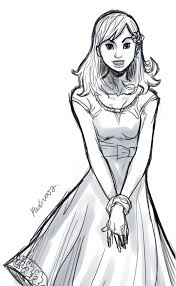
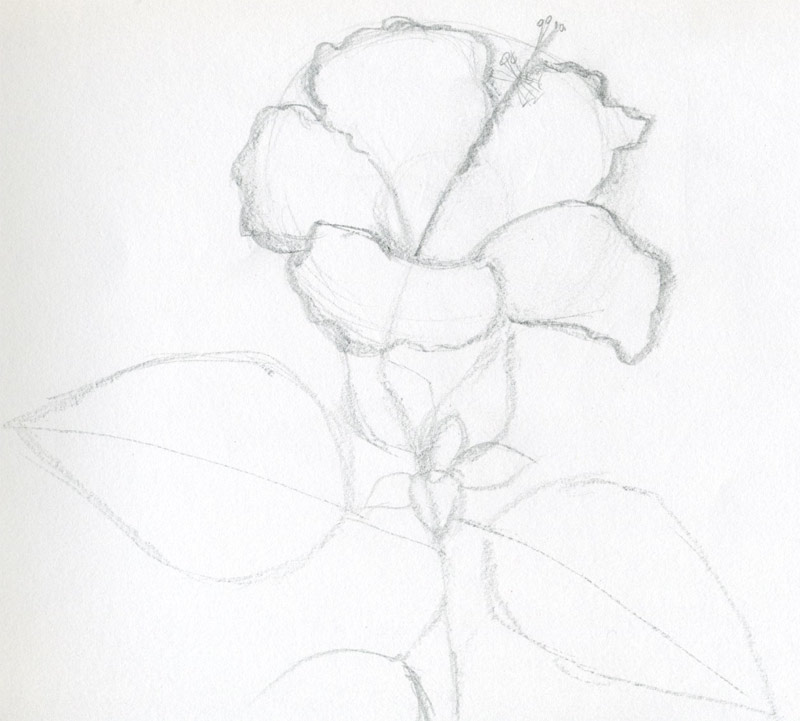
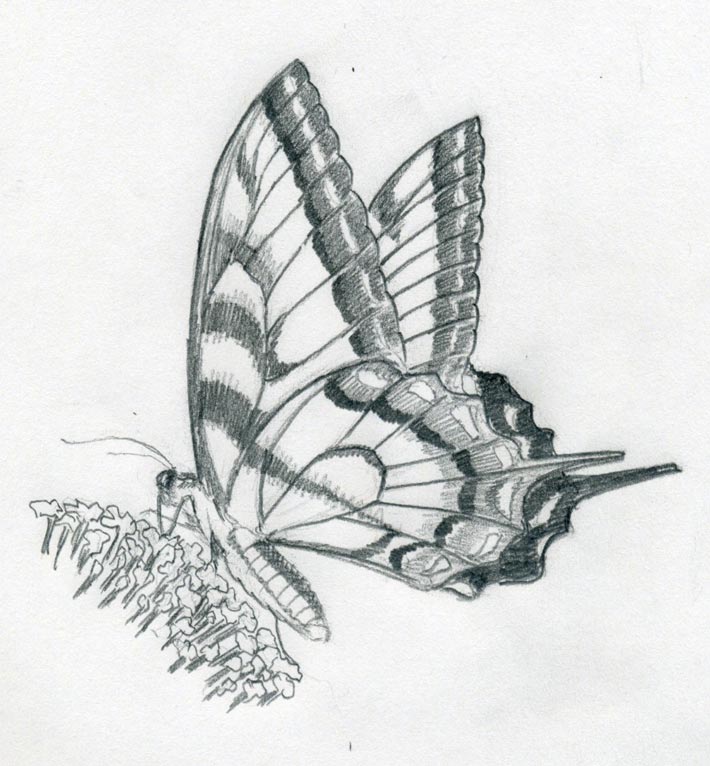


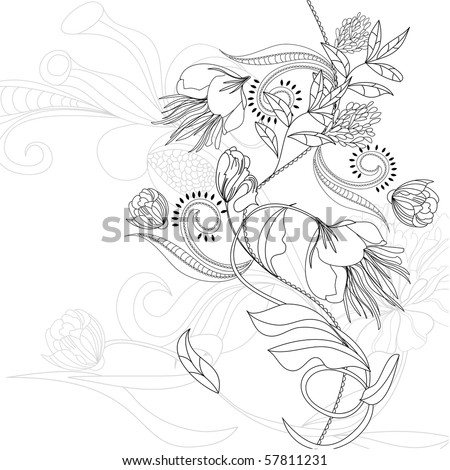

Roses are such well-loved flowers, and are a popular choice for watercolors. To begin a painting of roses, do a sketch of your vase and flowers. Decide ahead of time how you will handle your background. When painting white flowers it is a good idea to have a dark background which will help your roses to "pop" or to stand out. Show in your pencil value sketch where you brightest whites and darkest darks will be placed. Plan your focal point, placing this area off-center to add more interest. Do the same with your vase. If it is in the middle of your paper it will be less interesting.
Once your value sketch is completed and your subject has been penciled in on your watercolor paper you are ready to paint. If you want to use masking fluid to preserve some of your white paper, this is the time to apply it. Remember to wet your brush, then coat it with soap before dipping it into te masking fluid! If this step is overlooked, you may not be able to remove the masking fluid from your brush and it will be ruined. ( Some of the masking fluids come with an applicator.) Once it has dried, you will paint right over it. When your painting is complete, it can be removed with an eraser or your finger, revealing the preserved area of white paper.
Some of your white roses need not be white! A diluted wash of rose madder genuine on some petals, and aureolin yellow on others will give your painting some depth. Mix these two colors together, and use as a light wash to give more interest to your painting.
Vary your leaves and stems. Have some leaves twist and curl. Show more detail in your foreground and let some fade off into the background. Remember your light source throughout your painting. Give your stems a delicate curve, don't use straight lines. Use a variety of greens, both cool and warm. Practice mixing greens.
Paint highlights on your vase, but don't overdo. This is a case of less is more. One or two well placed highlights is much more effective than many. One additional thought; a fallen petal or two can add a nice touch.






Cartoon Drawing - Play With Your Creative Ideas
Cartoon drawing is considered to be a great form of art that artists use not only to express their creative ideas, but also to address some serious issues with a lighter outlook. If you become more talented in this art you will be able to find some interesting career openings for yourself and will be able to take up cartoon drawing as your profession. There are some suggestions that eminent cartoon artists try to share with those who are new to cartoon drawing, so that the newer people can develop their skills. I have tried to share some tips that will help you in becoming more knowledgeable about cartoon drawing.
1. To become an expert in any art form that you take up, you have to put in a lot of dedication. Without proper dedication you would not be able to get the desired level of expertise in any art form of your choice. Thus it is crucial that if you are interested in cartoon drawing, you should try to practice as much as you can. With the right mix of practice and dedication, you will be able to develop your cartoon drawing skills more and more with time.
2. You can make your cartoon drawing more attractive by adding a lot of color to your cartoons. While making cartoon sketches you should try to improve by looking around you and gathering inspiration from what you see around you. You should use lighter strokes of a pencil for making your cartoons, and gradually make them deeper with time. Doing this enables you to correct your mistakes up without making the paper on which you are doing the sketches untidy. With practice you will be able to make cartoons even using pens, which allows very little scope for corrections as in comparison to the sketches that are made using pencils. You will be able to make better cartoons by following the video tutorials of famous cartoon artists that are found at the major stores.
3. With cartoon drawing, you need to keep your sketches limited to a bare minimum. Adding too many details will spoil the overall feel of the sketches and make them appear tacky. You will be able to create finer art with time. There are a large number of places from which you will be able to draw inspiration while drawing cartoons. Though it is generally thought by people that cartoons are very easy to draw, the truth it is not as easy as it seems to be. For getting the best results people have to practice a lot, and many times it may take hours to create some cartoon sketches. Cartoon drawing for comic strips is much harder, as your sketches have to be such that they will be able to portray stories along with the sketches.
You need to have a very good imagination power if you desire to go to places with cartoon drawing. With lots of practice and dedication, you will find that, cartoon drawing is a very profitable profession, and you will face no trouble in making money. The work is also very enjoyable and this definitely adds to its positives. I suggest that you start by studying the works of other artists and with gradual improvement come up with a style of your own.





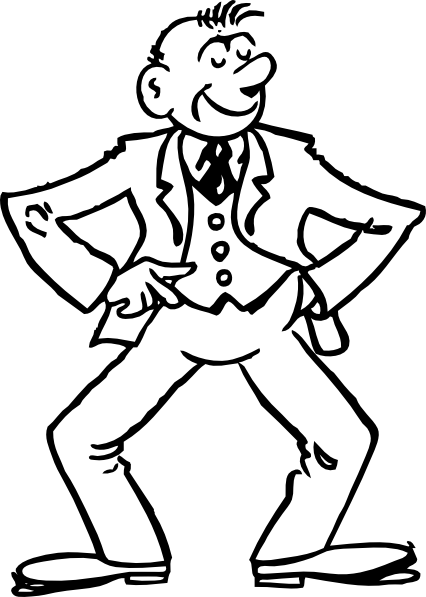
1. To become an expert in any art form that you take up, you have to put in a lot of dedication. Without proper dedication you would not be able to get the desired level of expertise in any art form of your choice. Thus it is crucial that if you are interested in cartoon drawing, you should try to practice as much as you can. With the right mix of practice and dedication, you will be able to develop your cartoon drawing skills more and more with time.
2. You can make your cartoon drawing more attractive by adding a lot of color to your cartoons. While making cartoon sketches you should try to improve by looking around you and gathering inspiration from what you see around you. You should use lighter strokes of a pencil for making your cartoons, and gradually make them deeper with time. Doing this enables you to correct your mistakes up without making the paper on which you are doing the sketches untidy. With practice you will be able to make cartoons even using pens, which allows very little scope for corrections as in comparison to the sketches that are made using pencils. You will be able to make better cartoons by following the video tutorials of famous cartoon artists that are found at the major stores.
3. With cartoon drawing, you need to keep your sketches limited to a bare minimum. Adding too many details will spoil the overall feel of the sketches and make them appear tacky. You will be able to create finer art with time. There are a large number of places from which you will be able to draw inspiration while drawing cartoons. Though it is generally thought by people that cartoons are very easy to draw, the truth it is not as easy as it seems to be. For getting the best results people have to practice a lot, and many times it may take hours to create some cartoon sketches. Cartoon drawing for comic strips is much harder, as your sketches have to be such that they will be able to portray stories along with the sketches.
You need to have a very good imagination power if you desire to go to places with cartoon drawing. With lots of practice and dedication, you will find that, cartoon drawing is a very profitable profession, and you will face no trouble in making money. The work is also very enjoyable and this definitely adds to its positives. I suggest that you start by studying the works of other artists and with gradual improvement come up with a style of your own.






Subscribe to:
Posts (Atom)
Blog Archive
-
▼
2012
(39)
-
▼
May
(25)
- Tangerine juice.
- Cook and I chilling on the porch.
- Designing Your Wedding Dress
- Cunningham's Encyclopedia of Magical Herbs, by Sco...
- Painting Flowers - How to Paint White Roses
- Painting Flowers - How to Paint White Roses
- Cartoon Drawing - Play With Your Creative Ideas
- Cartoon Logo Images - Let Your Customers Find Inno...
- How To Sketch: Learn Pencil Sketching Techniques
- Bag.
- Sketches in Stillman&Birn Delta book.
- Tired. Sketching on the way to Manhattan in Stillm...
- Few more details on that mural.
- Sketches on the train on a rainy day.
- Police Horse.
- Sunday morning.
- Blooming purple in Stillman&Birn Delta book.
- Mural in a process.
- Useful info about pigments.
- Bread.
- Musician.
- Sketches in brown sketchbook.
- Potato skins.
- Sketches in the hospital.
- Powder room.
-
▼
May
(25)


